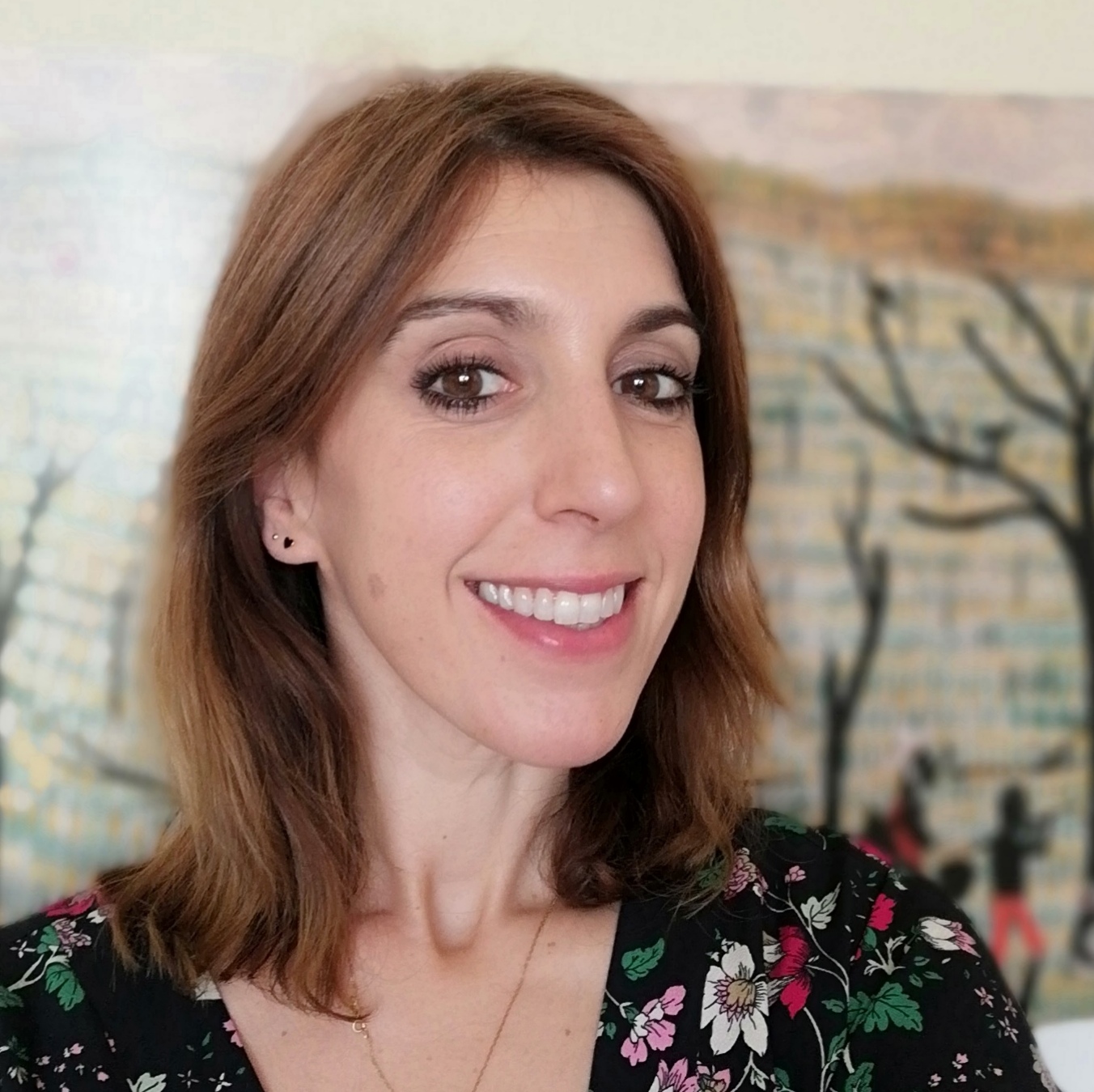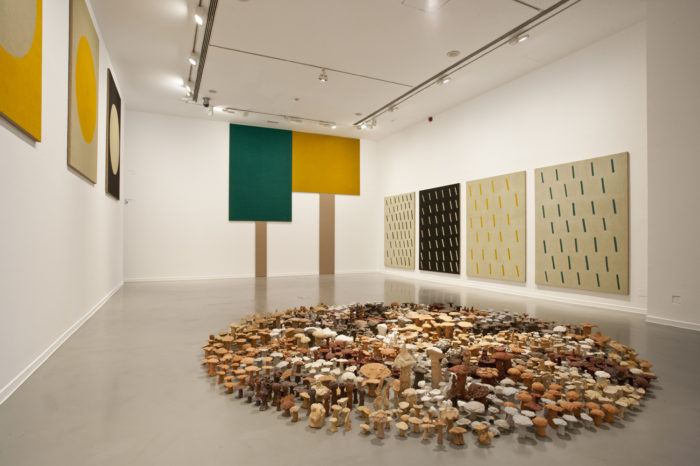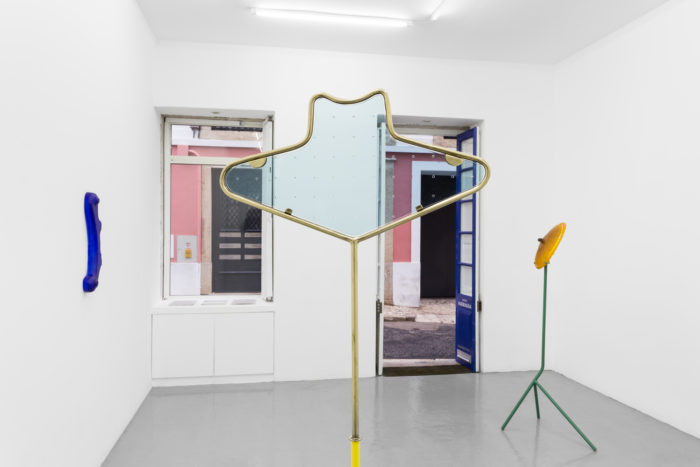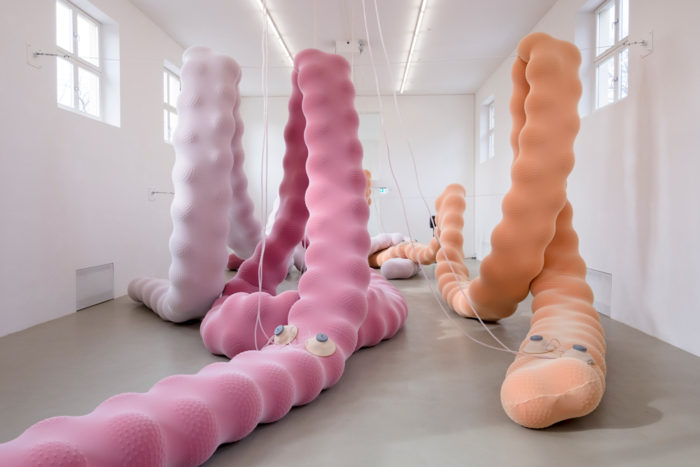
Tania Pardo: “Curating is a labour of collective learning”
#CA2M #curator #interview #Tania PardoBy Irene Calvo
Tania Pardo (Madrid, 1976) is a History of Art teacher at the Complutense University of Madrid and is part of the teaching staff of the Master’s in Curatorial Studies at the University of Navarra. She has recently been appointed assistant director of the 2 de Mayo Centre of Art for the Madrid region (CA2M) and is also a member of the advisory board of the Museum of Fine Arts in Santander. Previously, she has been the exhibition manager at La Casa Encendida (2015-2019), curator in the Museum of Contemporary Art in Castilla y León (MUSAC) and project manager at the Santander Foundation 2016 (2009-2010) among others.
She writes for various publications as an art critic and also for exhibition catalogues, she runs courses and seminars about Contemporary Art and is a member of various panels for awards and competitions related with Contemporary Art. She has curated a wide variety of exhibitions, some of the most recent being The natural course of things (El curso natural de las cosas), 2016; Long live the free fields of Spain! (¡Vivan los campos libres de España!), 2017, by the artist Antonio Ballester Moreno, both at La Casa Encendida where she has also taught the course on curatorial practices Curating the present (Comisariando el presente) since the first edition in 2014 and she is preparing a collective exhibition for autumn 2019 at La Casa Encendida and one individual exhibition for the artist Belén Uriel for CA2M.
Tania has spoken about how she understands curating, her practice and personal experience and some of the people who have influenced her in the curatorial and artistic fields.
How did you come to curate exhibitions? How and when did you know that you wanted to be a curator?
I actually came to it in a very organic way, when I finished my studies of the History of Art in 1998 and after that my PhD, I didn’t know what curating was, but I was very clear that I was interested in the current languages of art and in working with artists; although I started writing as an art critic for various publications and working as a gallery assistant, I owe much of my training to a cultural management scholarship which was awarded to me by MUSAC in 2003, and it’s there, really, where for almost seven years I could develop and curate my first exhibitions. What interests me most about curating is the relationship that you establish with the artists and with others who are involved in the art market, the process that surrounds an exhibition and also the creative part of the curatorial practice, which is quite considerable.
What does curating mean for you?
Curating is accompanying, sharing, exchanging knowledge, placing value in dialogue and making it visible through research. Curating is a labour of collective learning. It is giving shape to an idea that can take very different forms, depending on the project, it isn’t always directly linked to what is being exhibited, it could be more open, or less, etc.

Long live the free fields of Spain! (¡Vivan los campos libres de España!) Antonio Ballester Moreno, La Casa Encendida.
What is the essential quality, in your opinion, that a curator must have? With that in mind, is there anyone who has influenced you in the curatorial field?
I believe a curator must be very open, and be open to places other than the merely artistic ones. I have many influences, many of them are artists that have also curated such as Dan Voh, Ugo Rondinone and Camille Henrot; other Spanish people from my generation: Martí Manen, Beatriz Herráez, Manuel Segade, Peio Aguirre or Chus Martínez, and also younger people; and then there are the more historical influences such as Pontùs Hulten for his connection with teaching as well, Marcía Tucker and Dorothy Miller, and not forgetting Lina Bobardi.
You have collaborated on various publications, and you continue to write for some, you teach courses and seminars on curating… Do you believe that it’s necessary to train as much through reading, as it is through attending courses with professionals in the curating field?
I believe that training is fundamental in whatever field of specialisation. Another thing is how and what we choose for training – what kind of courses, reading, Master’s or studies – but to train is to exercise curiosity, and that is fundamental for curating.
One of your lines of research is the history of curating in Spain. How do you see the Spanish curatorial panorama right now? In what direction do you think it is moving?
Actually I have various lines of research and interests, at the moment I am researching for a thesis about an approximation to the history of curating in Spain, how this came about in our country, the main figures and most significant talks, their importance in the art scene of our country, their relationship with the market, etc. But I have also worked a lot with the idea of the small things, the capacity to make the small things bigger and the simplicity of the everyday, from the collectives Without heroism please (Sin heroísmos por favor) (CA2M), The natural course of things (El curso natural de las cosas) (La Casa Encendida) or the exhibition I will inaugurate in October 2020 The joyful fact (El hecho alegre) (also at La Casa Encendida).
In your career you have been involved in both private and public institutions. What are the most significant differences, with respect to curatorial work, amongst other things, in your experience?
Probably the difference resides in the management of the project with respect to a public or private place, but for the development of a curatorial project in itself there isn’t much difference. In my case I have worked in public and private institutions and they are in fact very different, the preparation time for exhibitions and events in private institutions is shorter, and there is more capacity for improvisation than in the public institutions, but the value of an exhibition being public implies a greater responsibility. In my case I have been very comfortable working in both kinds of institutions, and always surrounded by great professionals who I continue to learn from!
What challenges does this new phase as assistant director at CA2M pose? Could you briefly introduce this project and the projects that you and your team will be working on over the coming months?
It is a challenge and an act of responsibility to join the team at CA2M, I deeply admire and respect the work of the team and the director, Manuel Segade. At the moment we are working on planning the next two years and closing projects. At the moment I can mention some of the projects that make an example of this institution like the Paloma Polo exhibition; the Wendelien van Oldenborgh exhibition curated by Anna Manubens; the Ana Laura Aláez exhibition, curated by Bea Espejo; the Belén Uriel exhibition (curated by myself) and looking ahead to 2020 two incredible projects, one of which is curated by Mary Cuesta, The absurd humour of Spain (El humor absurdo en España), and one curated by Anna Collin by the artist Francesc Ruiz. In addition to all this, there are also various activities taking place from the Department of Education and events like the Self-Pleasure Festival (Festival Autoplacer). I believe that it is a privilege to work at CA2M, its own context generates a territorial policy of decentralisation and the periphery of a city like Madrid that often dictates the content. In the team we name it “low level institutionalisation” which is understanding this museum as a place that is deeply rooted in the more current creation that speaks of popular culture and assumes its activity as a critical tool of thought.
Lastly, could you tell me some artists that you would like to work with?
Right now I’m working with Belén Uriel, Teresa Solar Abboud, Sol Calero, Daiga Grantina, Esther Gatón, Elena Blasco, Elena Alonso or Samara Scott. I am very much interested in artists like Dorothy Iannone, María Luisa Fernández or Ellen Gallagher, Eva Fábregas, Cecilia Vicuña and many more.









